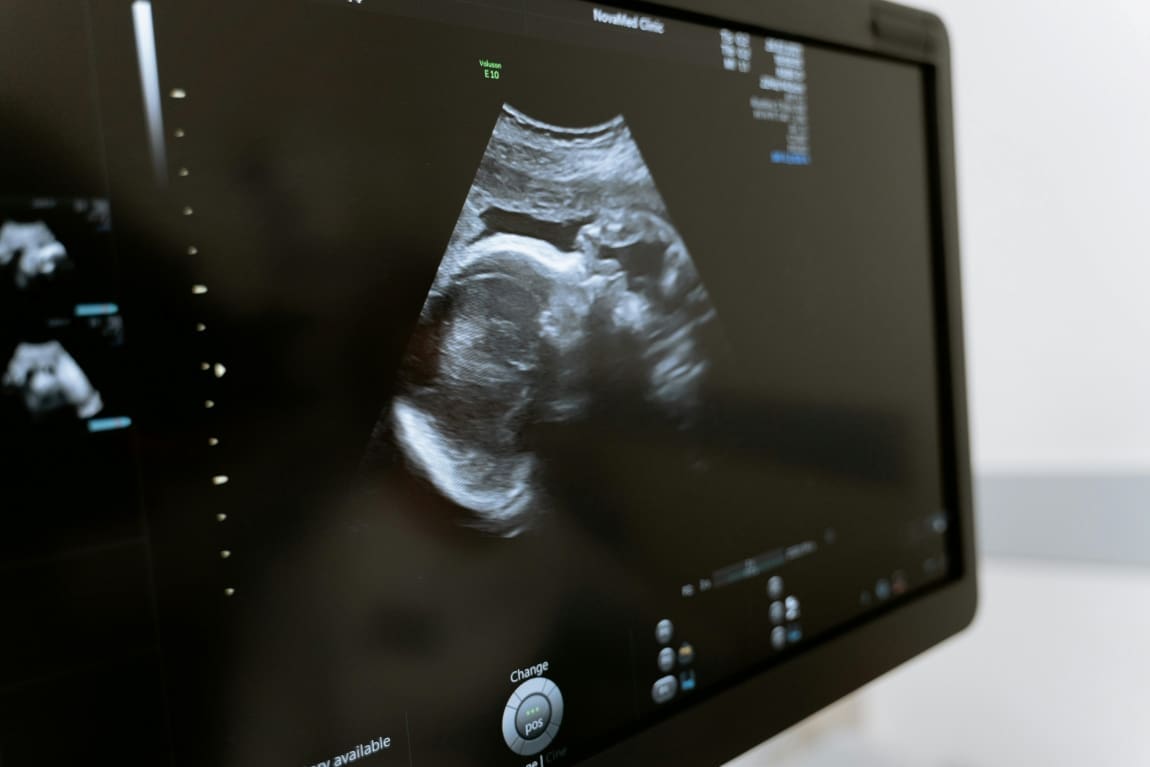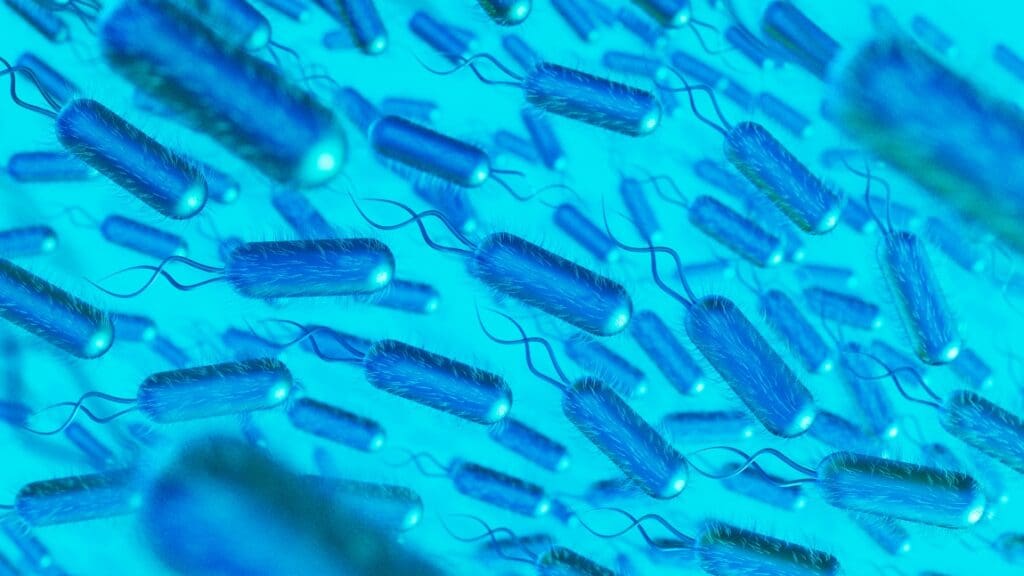A baby’s exposure to air pollution while in the womb is associated with the development of certain mental health problems once the infant reaches adolescence, new research has found. The University of Bristol-led study, published in JAMA Network Open, examined the long-term mental health impact of early-life exposure to air and noise pollution.
Growing evidence suggests air pollution, which comprises toxic gases and particulate matter, might contribute to the onset of mental health problems. It is thought that pollution could negatively affect mental health via numerous pathways, including by compromising the blood-brain barrier, promoting neuroinflammation and oxidative stress, and directly entering the brain and damaging tissue.
Despite youth being a key period for the onset of these problems, until now, relatively few studies have investigated the associations of air and noise exposure during early life with mental health.
In this new study, researchers sought to examine the long-term impact of air and noise pollution exposure during pregnancy, early childhood and adolescence on three common mental health problems: psychotic experiences (including hallucinations, such as hearing or seeing things that others cannot, and delusions, such as having very paranoid thoughts), depression and anxiety.
To investigate this, the team used data from over 9,000 participants from Bristol’s Children of the 90s birth cohort study (also known as the Avon Longitudinal Study of Parents and Children), which recruited over 14,000 pregnant women from the Bristol area between 1991 and 1992, and has followed the lives of the women, the children and their partners ever since.
By linking participants’ early childhood data with their mental health reports at the ages of 13, 18 and 24 years, researchers were able to use this to map against outdoor air and noise pollution in South West England at different time points.
Researchers found that relatively small increases in fine particulate matter during pregnancy and childhood were associated with more psychotic experiences and depression symptoms many years later in teenage years and early-adulthood. These associations persisted after considering many related risk factors, such as family psychiatric history, socioeconomic status, and other area-level factors such as population density, deprivation, greenspace and social fragmentation.
The team found that every 0.72 micrograms per cubic meter increase in fine particulate matter (PM2.5) during pregnancy and childhood was associated with an 11 per cent increased odds and 9 per cent increased odds for psychotic experiences, respectively; while exposure in pregnancy was associated with a 10 per cent increased odds for depression. In contrast, higher noise pollution exposure in childhood and teenage years was subsequently associated with more anxiety symptoms.
Dr Joanne Newbury, Sir Henry Wellcome Postdoctoral Research Fellow in the University’s Bristol Medical School: Population Health Sciences (PHS) and the study’s lead author, said: “Childhood, adolescence, and early adulthood are critical periods for the development of psychiatric disorders: worldwide, nearly two-thirds of those affected become unwell by the age of 25. Our findings add to a growing body of evidence – from different populations, locations, and using different study designs – suggesting a detrimental impact of air pollution (and potentially noise pollution) on mental health.
“This is a major concern, because air pollution is now such a common exposure, and rates of mental health problems are increasing globally. Given that pollution is also a preventable exposure, interventions to reduce exposure, such as low emissions zones, could potentially improve mental health. Targeted interventions for vulnerable groups including pregnant women and children could also provide an opportunity for more rapid reductions in exposure.
“It is important to emphasise that these findings, by themselves, do not prove a causal association. However, other recent studies have shown that low emissions zones appear to have a positive impact on mental health.”
More information: Joanne B. Newbury, Jon Heron, James B. Kirkbride, Helen L. Fisher, Ioannis Bakolis, Andy Boyd, Richard Thomas, Stanley Zammit, ‘Air and Noise Pollution Exposure in Early Life and Mental Health From Adolescence to Young Adulthood’, JAMA Network Open (2024; 7, 5:e2412169); DOI: 10.1001/jamanetworkopen.2024.12169. University of Bristol – Press Release. Featured image credit: MART PRODUCTION | Pexels




